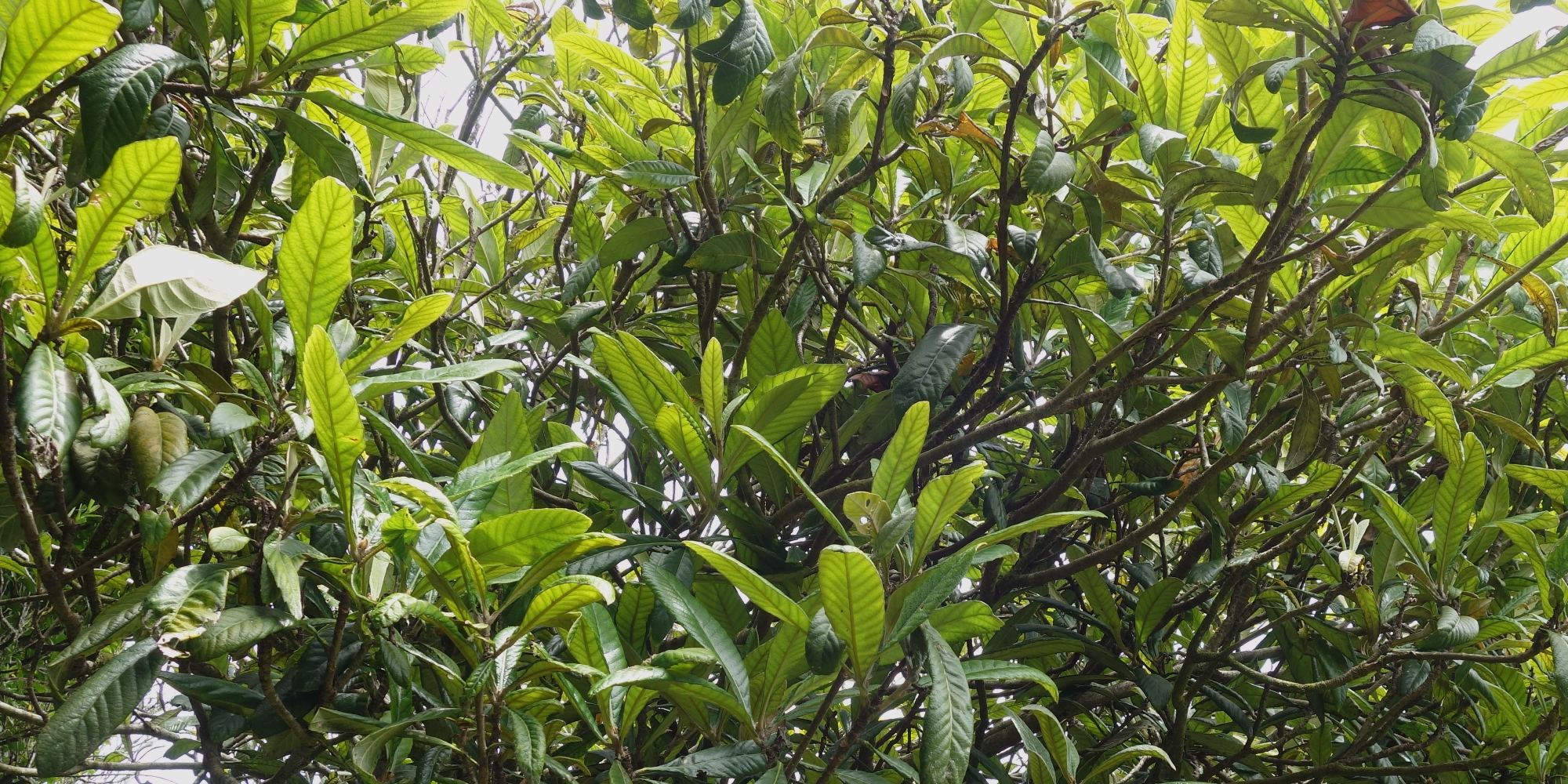Description
Description
Autumn olive is a deciduous shrub from the Elaeagneaceae family, native to Eastern Asia. Autumn olive is grown mainly for two reasons – it is a strong nitrogen fixer, able to grow in very poor soils, and it has edible berries that ripen in Autumn (hence the name). The berries are a bit mealy, tart, pale red fruit that are about 8mm in diameter – B-grade fruit at best. The seeds are full of healthy oils and protein as well and can be chewed along with the fruit. As a nitrogen fixer – Autumn olive grows relatively quickly and can provide shelter from wind and excellent chop and drop mulch for the rest of the garden, and works excellently as a hedge. The fragrant flowers are an excellent nectar source for bees. Warning – in some countries it has proven to be invasive, however there is no evidence of the deciduous Elaeagnus species being weedy in New Zealand as it is much more suited to continental rather than maritime climates.
Autumn olive can handle deep frosts down to -40°C once mature, so are almost invincible from frosts. They prefer well-drained soil. Plants are hermaphrodite and so should set fruit by themselves with sufficient pollination.
These seeds were freshly imported from Europe, from a mixture of named varieties selected for larger and sweeter fruit than the wild species.
Autumn olive has been grown in New Zealand, however we don’t know much about the success or whether they were grown from improved varieties selected for fruiting.
Seeds per packet: 10
Growing Instructions
These seeds are already cold-stratified and only need to be hydrated (soak in water for 1-2 days), and then can either be planted, or kept in a bag of sphagnum moss until ready to sprout. Our own seeds have already started to germinate.
Thank you for buying from West Coast Agroforestry – your support helps us to continue agroforestry / food forest research on the West Coast.







Reviews
There are no reviews yet.